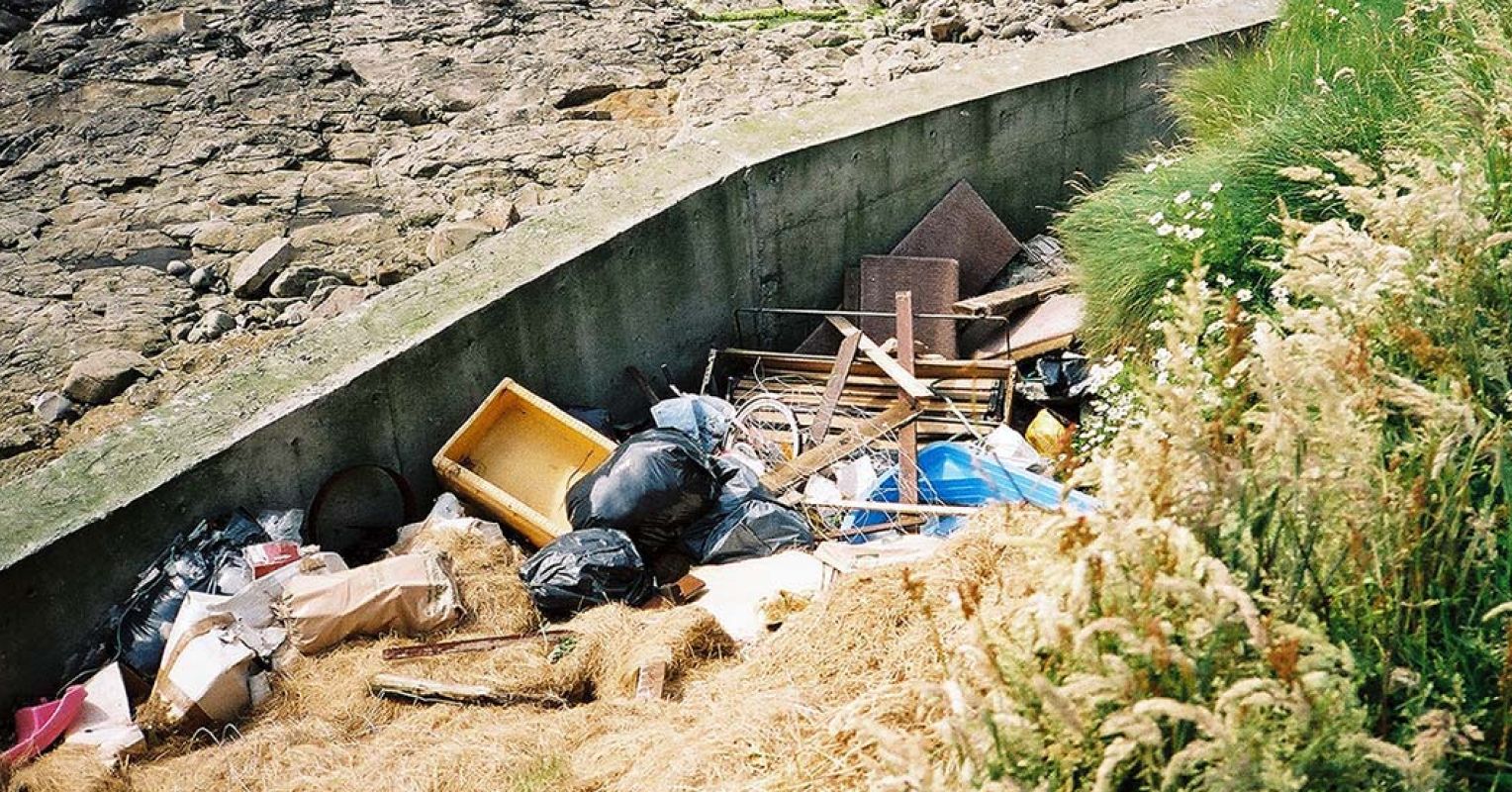970x125
As human activities alter local-to-global environments, people are reporting stress, distress, depression, anxiety, worry, psychological trauma, and other negative emotions. Phrases coined to describe these responses include solastalgia, eco-anxiety, climate change anxiety, climate fear, and ecological grief.
Scientifically, all these ideas are in their infancy. To improve understanding and to really get to the basics of how human beings respond to different environmental changes, researchers are developing scales and indices, some of which are clinical and some of which are not.
Usefulness and usability
One immediate question is the value of non-clinical quantification for mental health conditions, especially life-threatening ones such as anxiety, depression, and stress, all of which can affect physical health. Scientifically, this knowledge is important. To assist people in trouble, including prevention of and response to emotional trauma, debates continue regarding non-clinical labels that could be interpreted as diagnoses.
A second issue then emerges: Defining “eco-anxiety” and its variations. Defining “anxiety,” “distress,” and others is already contentious, without denying the numerous mental health clinical diagnoses that are unambiguous, leading to clear treatment pathways saving lives and helping people who are struggling. Aiming to determine a vague causation, such as “eco,” “environmental,” “climate,” and or “climate change,” has led to many different approaches and descriptions, clinical and non-clinical.
One consequence is the further challenge of conclusions on patterns and trends. Human beings, unsurprisingly, are different. Even writing “to really get to the basics of how human beings respond to different environmental changes” is imbued with presumptions that these basics exist. Cross-cultural similarities can be tricky to establish, within the diversity of words, interpretations, societal norms, and social expectations regarding mental health and well-being.
While investigations of eco-anxiety and climate change anxiety scales and indices remain important, it is unclear how useful and usable they are for now, even when they are used.
Continuing research
Often underplayed, but fundamental to investigating and articulating today’s eco-anxiety, is humanity’s past. Civilizations have risen and collapsed, from the Khmer to the Maya, with deep, extensive research proposing and refuting reasons. Explanations for the decline and fall of some empires relate to environmental changes, both natural and human-caused.
Determining mindsets and psychological responses in the distant past is chiefly speculation. A land-based society accelerating deforestation around its cities might (or might not) feel despondent at wrecking its own environment. A culture setting up and relying on an intricate freshwater supply system could be (or might not be) stupefied when the climate suddenly shifts, reducing regional rainfall; they fail to adjust. Most likely is a range of reactions.
Consider the hypothesis that Ancestral Pueblo peoples migrated from their settlements due to droughts in the twelfth and thirteenth centuries. They might have recognized and accepted that their environment had changed and so made a definitive, collective, psychologically positive decision to pack up and move on. Alternatively, widespread mortality might have forced the remaining, starving, forlorn survivors to trek to where they heard pastures were greener. Most probable was a combination.
Knowing exactly is challenging. Considering possibilities and how they might have meshed helps us better comprehend today’s experiences.
For today’s experiences, caution is essential to avoid the exploration of eco-anxiety, causing more eco-anxiety. Capturing such nuances through quantitative indices and scales is not straightforward. Imagine answering the question, “On a scale of 1-10, how much has completing this survey increased your eco-grief?”
Highlighting eco-anxiety metrics without balancing eco-inspiration metrics could direct the emotional pathways of respondents. Discussing climate fear without discussing climate hope might instill hopelessness.
Scales and indices for psychological trauma from environmental change should not themselves induce psychological trauma.



